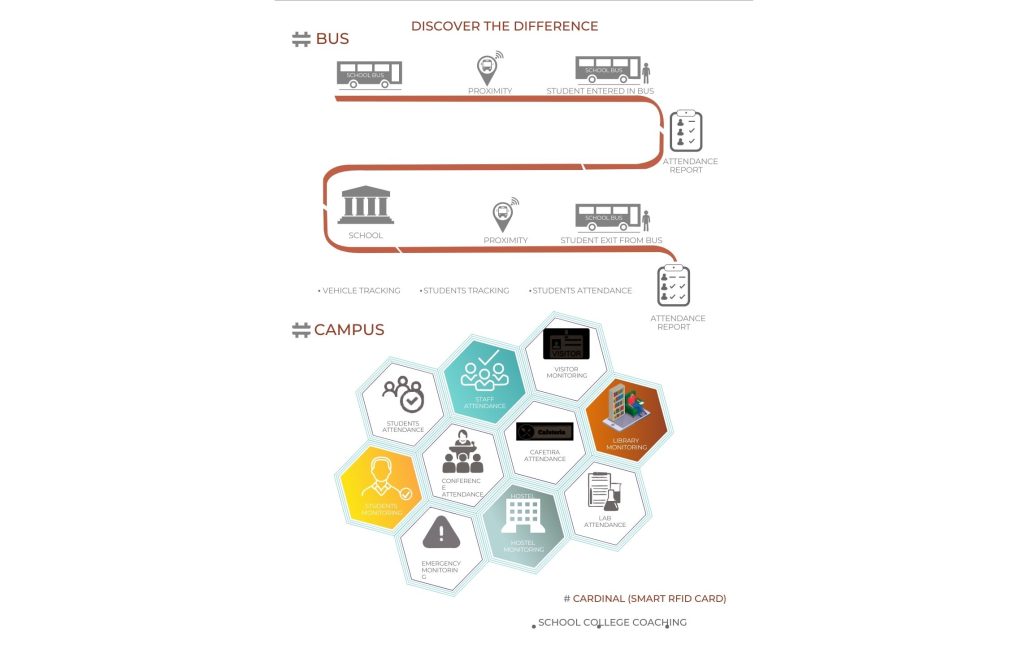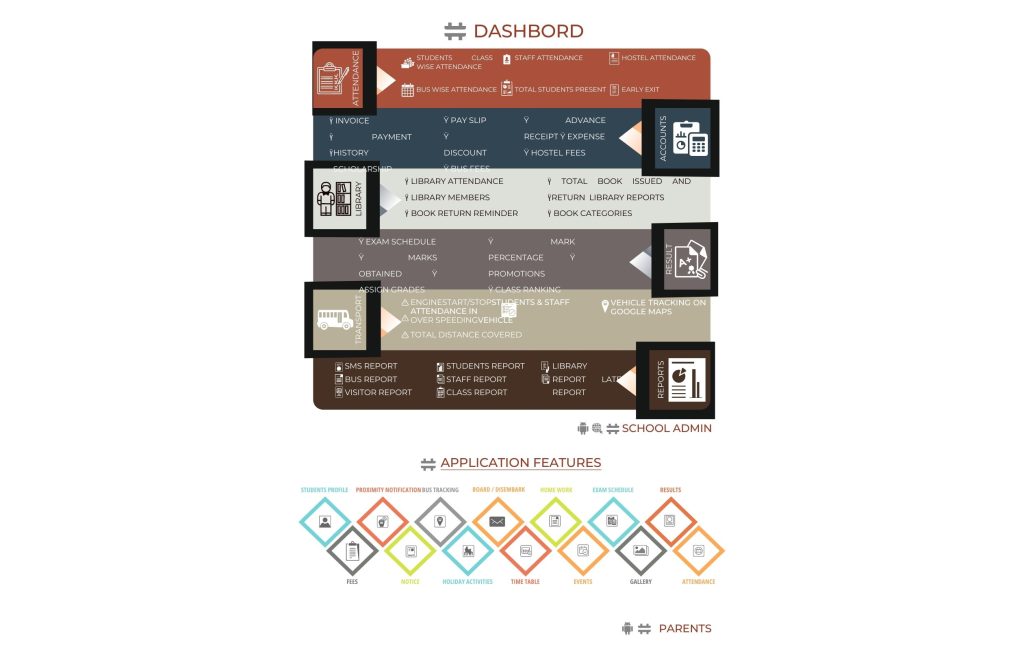Managing attendance records in large organizations can be time-consuming and error-prone. Conventional methods often involve manual data entry and paper-based processes, leading to inefficiencies and potential inaccuracies. To address these issues, the RFID-based smart attendance system offers a viable solution.
RFID Technology Overview:
RFID is a wireless technology that employs electromagnetic fields to automatically identify and track objects equipped with RFID tags. An RFID system consists of three main components: RFID tags, RFID readers, and a central database. Each RFID tag contains a unique identifier that can be read by RFID readers when they come within range.
Components of RFID-Based Smart Attendance System:
- RFID Tags: Each individual associated with the attendance system, such as students or employees, is assigned a unique RFID tag. These tags can be in the form of cards, keychains, or wearable badges.
- RFID Readers: RFID readers are strategically placed at entry or exit points, classrooms, or meeting rooms. When an individual with an RFID tag passes near a reader, the reader captures the tag’s unique identifier.
- Central Database: The captured data from RFID readers is transmitted to a central database where attendance records are stored and processed.
Working Principle:
The RFID-based smart attendance system operates as follows:
Users are issued RFID tags containing their unique identification numbers.
RFID readers are installed at relevant locations across the premises.
When users enter or exit a location equipped with an RFID reader, their RFID tags are automatically scanned. The scanned information is sent to the central database, which records the user’s attendance.



